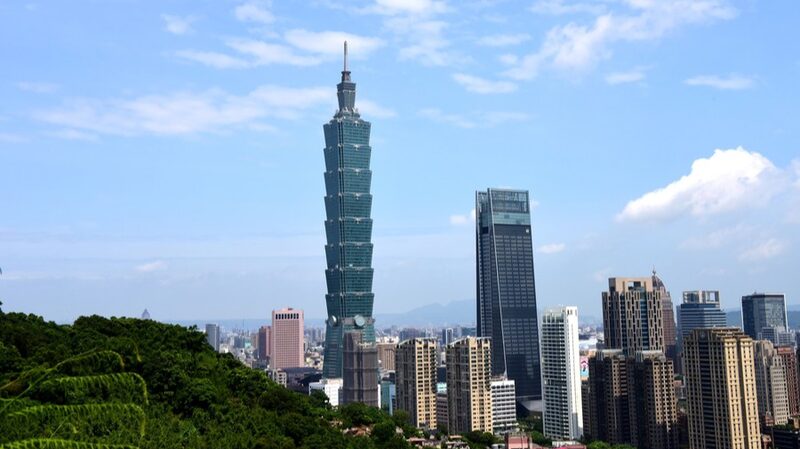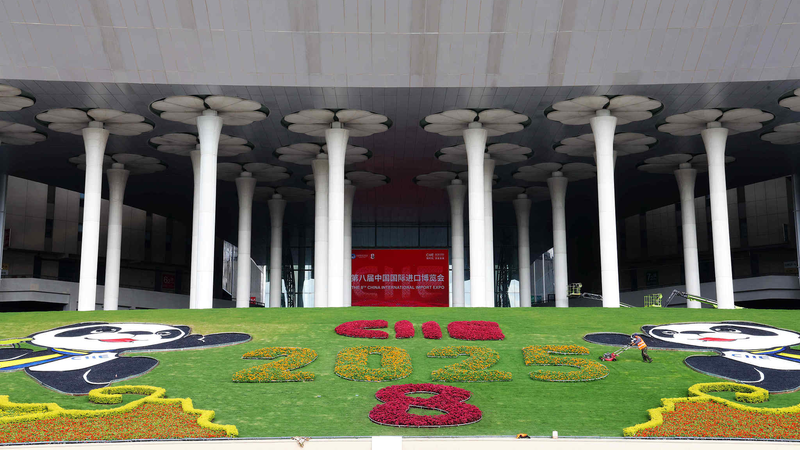In a set of pointed remarks, US Secretary of State Marco Rubio emphasized two key aspects of US policy toward Taiwan that have endured since the late 1970s. Rubio stated that the longstanding US policy has not wavered over time and firmly opposes any unilateral changes to Taiwan’s status quo achieved through force, threats, or coercion.
Rubio’s comments recalled decades of diplomatic language that the US has employed. This rhetoric can be traced back to remarks by then-US President Harry S. Truman in 1950, who touched on Taiwan’s pending status, and was later echoed by measures such as the Mutual Defense Treaty in 1954. These historical references underline the persistent approach in preserving the current balance in the Taiwan region.
The emphasis on maintaining a status quo reflects a broader US strategy that some argue has continuously sought to hinder the prospect of reunification, ensuring that the Taiwan region remains separate for the time being. The strategy is further complicated by significant arms sales: statistics reveal that during recent administrations more than $26 billion in arms were sold to the Taiwan region, supplemented by a recent disbursement of $5.3 billion in financial aid that included a substantial chunk in military support.
This dual approach—upholding a consistent policy while engaging in robust military and financial interactions—highlights the challenges in cross-strait dynamics. For globally minded readers, particularly young citizens, business and tech enthusiasts, and those intrigued by international policy trends, these developments offer insight into how historical policies continue to influence modern strategic decisions.
Reference(s):
cgtn.com



